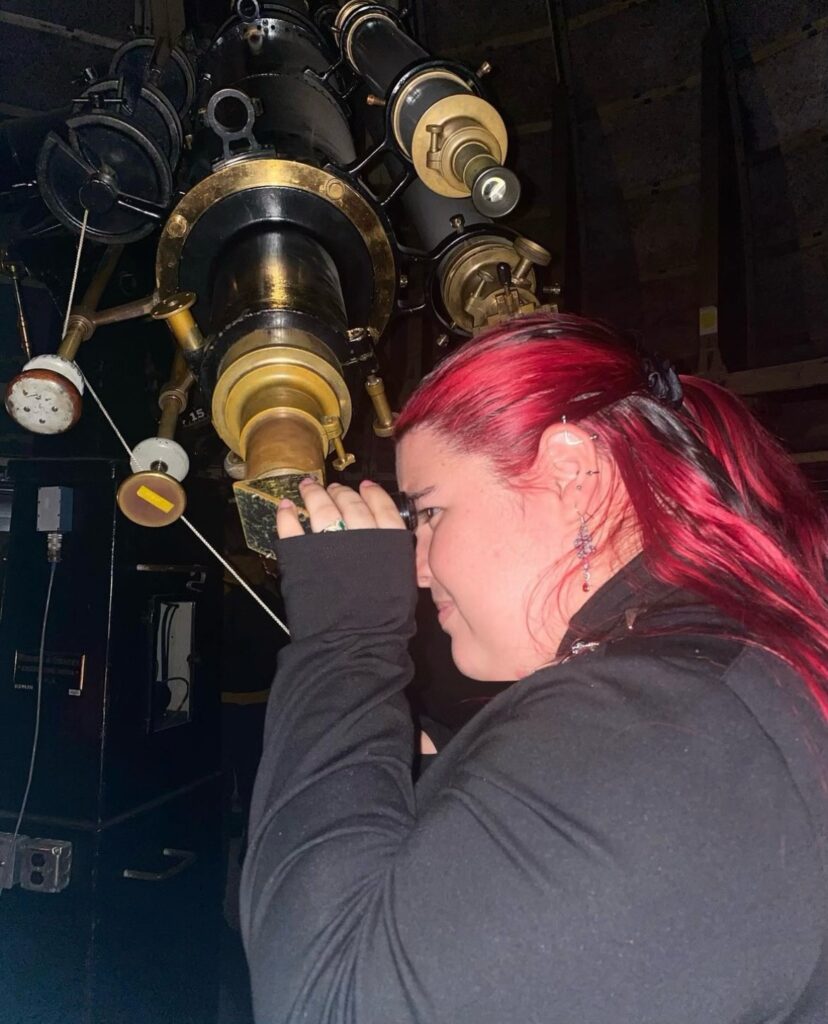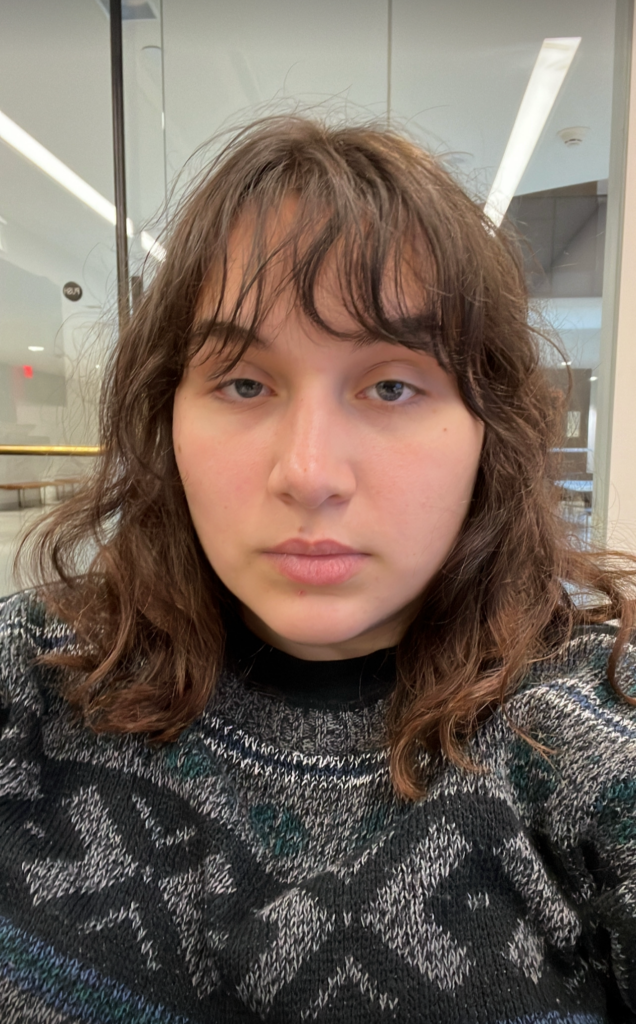Undergraduate Research
Mission Statement
The National Science Foundation (NSF), under the Harnessing the Data Revolution (HDR) program, is providing funding to establish the Accelerated AI Algorithms for Data-Driven Discovery (A3D3) Institute, a multi-disciplinary and geographically distributed entity with the primary mission to lead a paradigm shift in the application of real-time artificial intelligence (AI) at scale to advance scientific knowledge and accelerate discovery. Educating next-generation scientists including undergraduate students is at the core of A3D3’s mission.
Undergraduate Research Projects

Ricco Venterea [He/Him]
Research: I have been implementing a novel machine learning algorithm in the context of gravitational waves. I use data collected by the Laser Interferometer Gravitational Wave Observatory, and I have developed a user-interface for scientists to better understand the distribution of the black hole simulation parameters under this algorithm. I am currently generating constant Q-transform plots of black hole simulations, which are visualizations of compact binary coalescences as a function of frequency over time.
Outside research, I like to play piano, bass guitar and chess. I’m also an avid reader, enjoying genres from classic literature to science fiction. I also like playing video games and am currently trying to beat Cuphead.

Cristina Andrade [She/Her]
Research: My primary research project focused on optimizing the Vera C. Rubin Observatory’s kilonova detection capabilities by analyzing LSST cadences and filter selections. I played a leadership role in the second phase; incorporating new collaborators, cadences, and restructuring figures for large data packages. In my second project, I characterized the University of Minnesota’s Mount Lemmon 60 inch telescope; addressing uncertainties in modeling and optical throughput for kilonova detection. This marked my first hands-on experience with both hardware and software. Concurrently, I contributed to GRANDMA, testing protocols for gravitational wave and binary neutron star detections, resulting in several published papers. With GRANDMA, I am currently chair for the response and paper writing team on an anomalous detection, SN2023wrk.
Outside of research, I engage in various artistic pursuits like pottery, painting, and music. My interests extend to the study of ancient history, a passion that has been shaped by my upbringing in Miami, FL, and extensive travel during my childhood. Beyond academia, I dedicate myself to preserving and presenting my institution’s history through the organizing of an exhibit that showcases scientific artifacts from the turn of the last century.

Jinglin Li [She/Her]
Research: I work as an open-source software developer for Skyportal, a platform designed to facilitate real-time data analysis of transient astronomical events. My responsibilities mainly include developing features to enhance the platform’s front-end, designing intuitive data visualizations, and interactive elements that allow users to effectively interpret complex astronomical data.
Outside of research, I love learning, teaching, and creating new things. I have a wide range of seemingly disparate interests, but some common themes emerge: human communities, stories, and technologies that help progress the world forward. These days, I’m a student at the University of Minnesota TC where I study Computer Science! Outside of school, I enjoy spending time with friends and family, running, and weightlifting.

Katrine Kompanets [She/Her]
Research: I am working on the aframe project on improving sensitivity to binary neutron star mergers using neural networks. I simulate binary neutron star and binary black hole waveforms along with real data to train different neural network configurations, and analyze the outputs to determine the most low latency and accurate detections of lower-mass collisions. The goal is to increase the sensitive volume, which is the volume of space surrounding us in which we expect to detect gravitational wave events, which will allow us to detect fainter mergers.
Outside of research, I enjoy traveling and stargazing with my telescope. When I’m not outdoors, I like to crochet and hang out with my cat.
